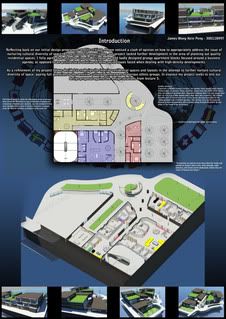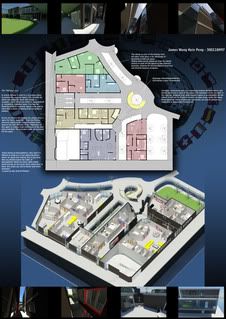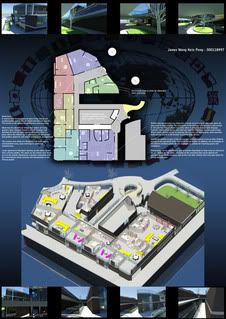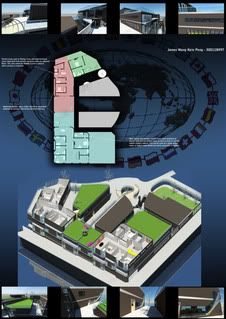Newtown Multi-Cultural Community Grounds - Part C from James Wong on Vimeo.




Reflecting back on our initial design programme and its critique, I have noticed a clash of opinion on how to appropriately address the issue of nurturing cultural diversity of space. I believe this clash of opinion is due to a cultural difference in itself, which has been a very interesting process of discovery.
As mentioned in our critique, our project lacked further development in the area of planning out residential spaces tailored for specific cultural needs.
Coming from a very ethnic diverse, multi-racial country Malaysia my initial reaction was very different. I thought planning to accommodate only a specific ethnic group in each apartment drew away from the fundamental of trying to facilitate interaction between all ethnic groups, and not just tailoring the layouts for the specific few.
This reaction stems from experiencing residential ethnic diversity myself. Growing up in areas where the Indian, the Chinese, the Malays, the Westerners, all lived in the same semi-detached housing layouts; where culture grew very flexibly to accommodate the same layout of living spaces. The same room could be used for prayer for Muslim families, an enclosed dining area or idol alters for Chinese Buddhist families, or just an extended living space for Indian families and Western families. I saw planning spaces specific to a certain culture group restrictive, and not liberating.
I made a decision to test this, and just maybe my eyes would be open to see how planning to accommodate specific cultures would actually enhance the design and not just restrict it.
I fully agree that often the time in Wellington and many parts of the world we find badly designed grungy apartment blocks focused around a business agenda; as opposed to an architectural solution to solve social issues faced when dealing with high-density developments. And in this way I suppose planning layouts for specific user groups would be one step, one way in addressing these social issues.
As a refinement of my project I have decided to redesign the interior residential spaces and layouts in the attempt to further nurture cultural diversity of space; paying full attention to the sensitive cultural preferences of various ethnic groups. In essence my project seeks to test our design proposal against the design solutions from lecture 5.
![]()


